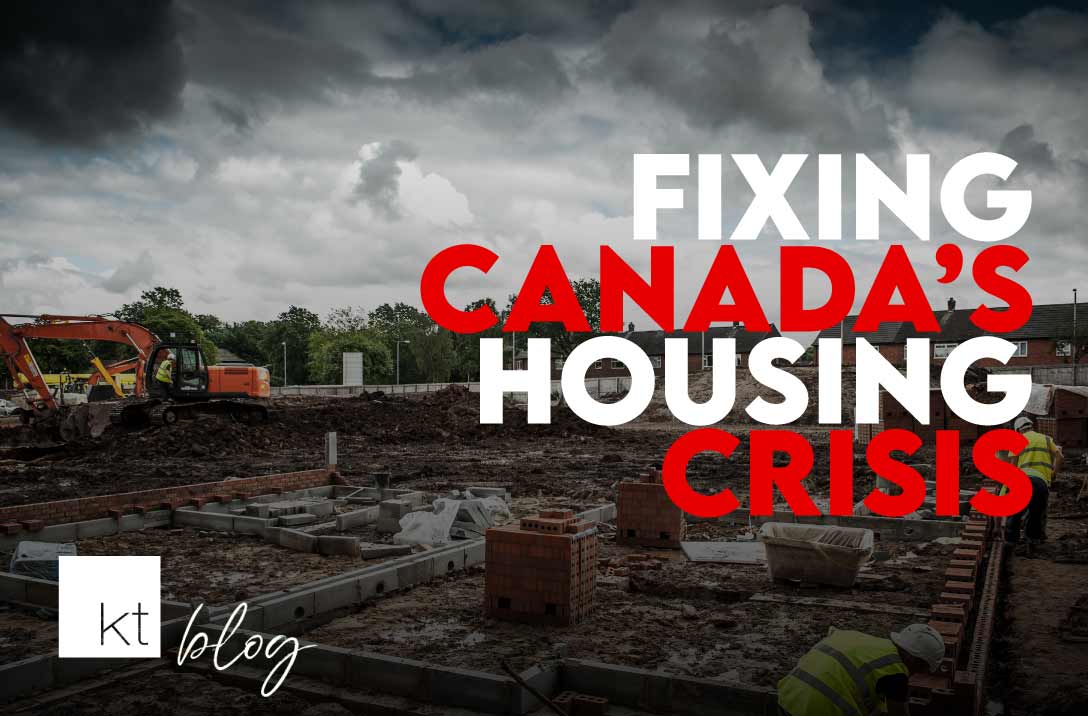On September 14, Prime Minister Justin Trudeau announced plans to address the housing affordability crisis. The National Housing Strategy is a 10-year, $82+ billion plan that includes several measures, including removing the Goods and Services Tax (GST) on certain transactions and more favourable financing options to make housing more accessible and affordable for Canadians.
Removing GST on Purpose-Built Rental Developments
According to the Canadian Centre for Economic Analysis (CANCEA), taxes on new housing in Ontario account for a whopping 31% of the purchase price, a tax burden twice that of the rest of the economy, and the federal government’s share of the tax revenues is almost 40%. Meanwhile, it invests only 7.1% in Ontario’s infrastructure.
To encourage purpose-built rental housing, there will be relief from the goods and services tax (GST) on new construction of certain apartment buildings, student residences, and senior housing built as long-term rentals. The rebate will apply on new builds that begin on or after September 14, 2023 and before December 31, 2030, and must be completed by December 31, 2035.
With Canada’s rental vacancy rates at a 20-year low, removing the 5% GST may encourage more builders to construct rental properties. However, the current shortfall in housing is severe. It’s a long process, and building up the rental housing deficit will take time. There’s also the problem of available land.
The result will likely be builders battling each other to buy land and complete construction within the same timelines, leading to a shortage of skilled tradespeople.
In which City are landlords making the most money?
Labour Shortage in Ontario
There’s already a shortage of skilled labour across North America, including up to 20,000 open positions in Ontario for bricklayers, cement finishers, and labourers, among other skilled workers.
Moreover, the number of construction workers over 55 is at a record high, with approximately 300,000 in Canada set to retire in the next decade. In Ontario alone, 18% of construction workers will be retired in the next ten years.
Builders, who over the next seven years will be trying to rush construction to meet deadlines, will be fighting for the same skilled trades, likely driving up the prices for not only workers but for building materials as well. Builders may save 5% on GST but lose due to lack of supply and increased demand. Builders who sell condos already avoid that tax because the end user is the one who pays it.





